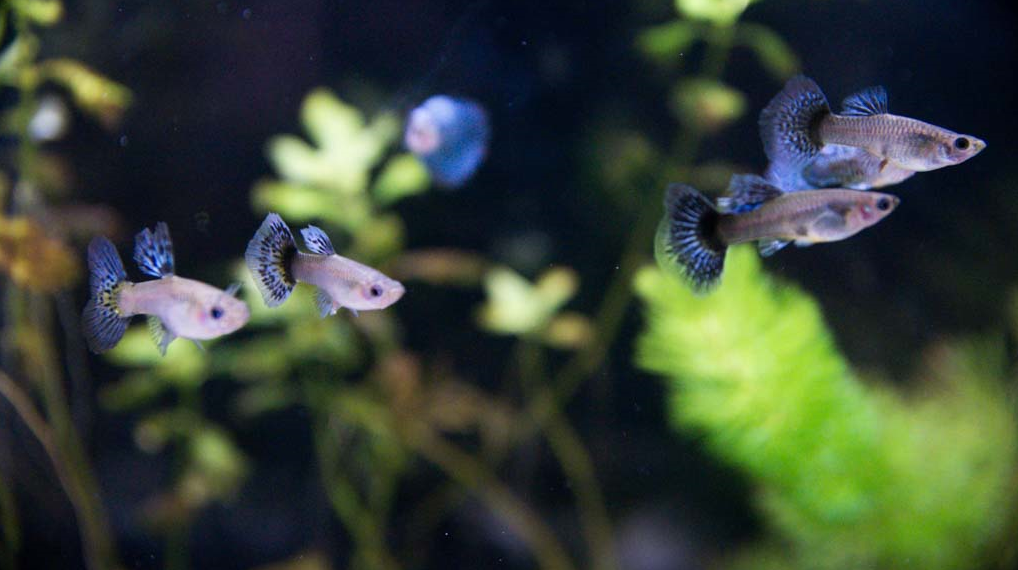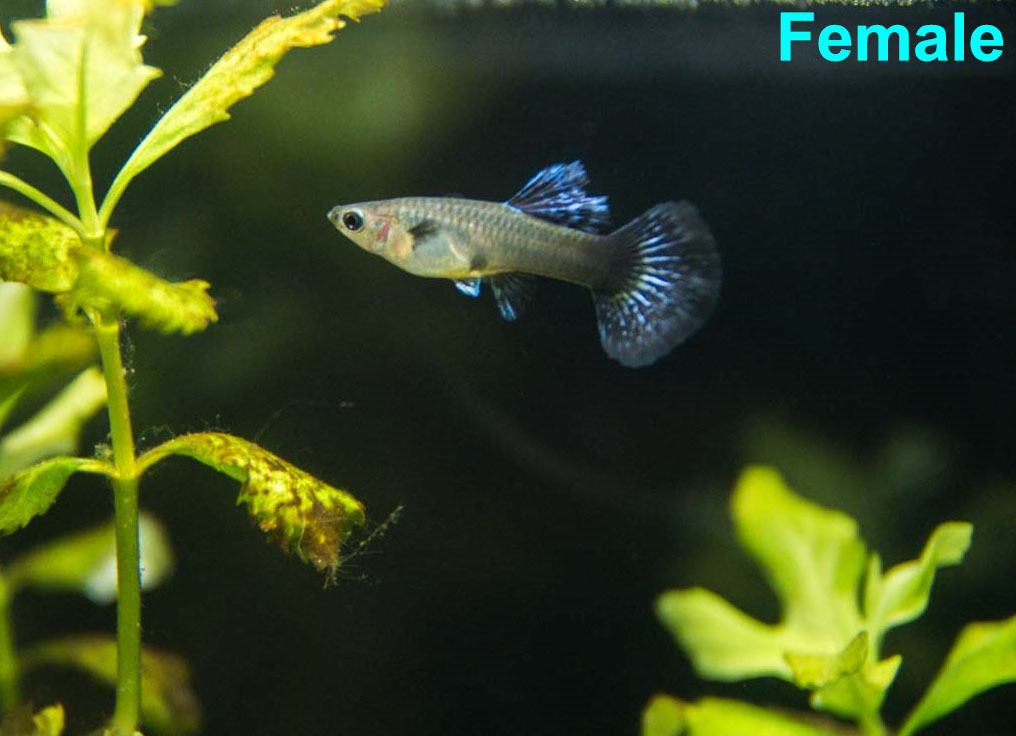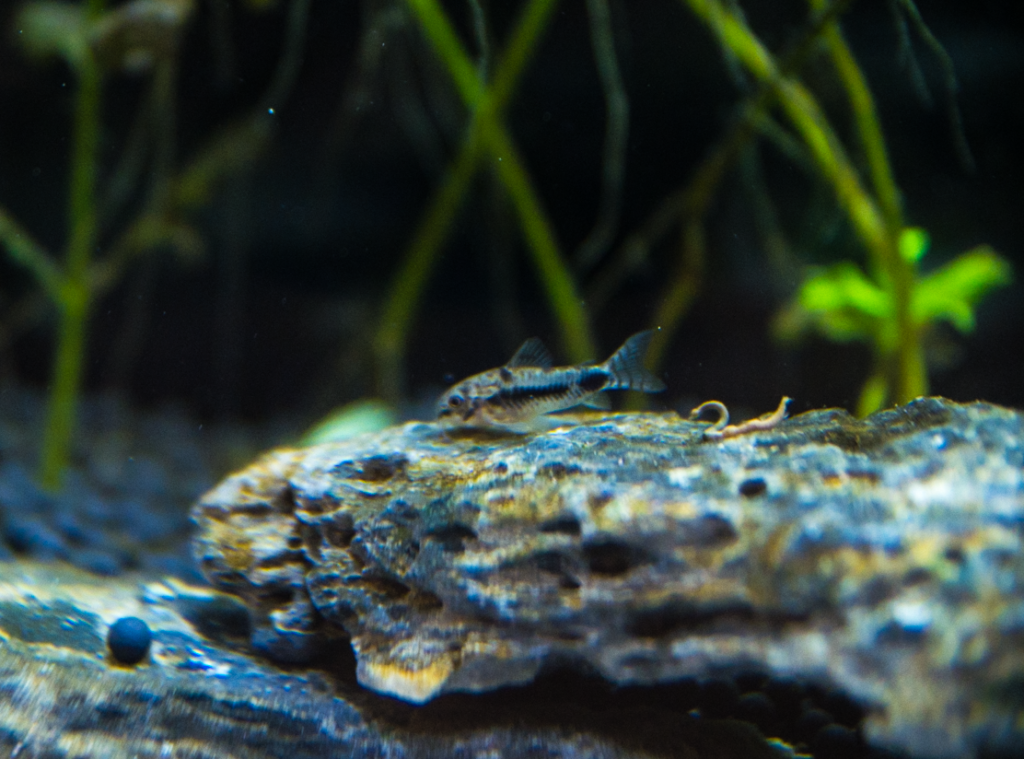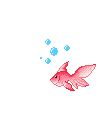Aquascaping is the best way to make your aquarium stand out from the rest. When aquascaping, you want something that catches the eyes of others and brings their attention to the tank, and that was my goal. I wanted a tank with an eye-catching, slick design.
Materials/supplies
My materials were a 10-gallon tank, 10 randomly shaped stones, sand, and some backup gravel from another tank project. I wanted to find a way to use the stones to separate the sand and gravel, but I was not sure how I wanted to do it. I thought, “Should I put the sand on the left side and the gravel on the right side and separate it by the stones? No, that would be weird. Maybe I should mix the sand and the gravel together and just not use stones” (I don’t know what I was thinking), but that was a terrible idea. At last, I thought of the idea where I could put a sand bed in the front side of the tank, put the big stones in the middle, and put the gravel in the back. I had looked up a few examples and decided that was what I wanted to do; now all that was left was to put the tank’s scape together.
Assembling the Aquascape
Assembling the aquascape was not too hard; it just took time to clean/rinse off the sand, stones, and gravel. After I was done rinsing everything off, I put it all in the tank. I placed all the sand in a layer in the front half of the tank, put the stones to separate the front and back half. Then I placed down all the gravel in the back half of the tank and started filling the tank with water. Filling the tank up was kind of slow because I was using a gravel vacuum to cycle all the water in slowly so it wouldn’t rough and move around the aquascape. This is what the tank looked like after filling it up and adding a black backdrop.

Adding plants
Adding plants to the tank was my next step for this scape. I wasn’t really sure what kind of plants I wanted to put in this tank, so I went to my local store to pick some out. My local store did not have the best options for plants, but I wanted something to cover the back of my tank where the gravel was. So I got some wisteria, a type of Ludwigia, and I do not exactly remember what the last kind of plant was. All the plants that I placed in the tank are shown in the image below.

The plant on the very left is what I am not sure about. The plant in the middle is a type of Ludwigia, and the plant on the far right is the wisteria.
Fish
Last but not least, we have the fish. At first, I wanted to get a blue strain of guppies, but after some more consideration, I came to the conclusion that I wanted to try a different kind of fish. I came up with pygmy corydoras and chili rasboras. After doing some more research on these two kinds of fish, I made up my mind that these were the fish I wanted to get. I called my local fish store to see if they had pygmy corydoras and chili rasboras in stock, and they did. I was planning on going to buy them that week but came across a few problems.
Problems
First of all, I noticed that the pH in my tank was too high for the fish I was looking to get. Along with the pH problem, I noticed snails in my tank. I instantly asked myself where the snails could have come from, and the only place I had gotten stuff for my aquarium that was not dry was the plants. The plants had introduced snails into my aquarium. The first thing I did to start tackling this issue was to try to figure out what kind of snails I had and to remove them from my aquarium. After taking out 3-4 snails, as they were not that easy to find, as most of them were small, I diagnosed that their shells looked the most similar to the shell of a bladder snail. Bladder snails are known to hitchhike onto plants and reproduce in a new tank rather fast; that is why they are considered a pest snail. The snails had most likely come in on the Ludwigia plant, figuring there were eggs all over its leaves, so I disposed of it. Now I had two problems: my pH was too high, along with I had a snail problem. In order to tackle my pH issue, I bought a liquid chemical to lower pH from my local fish store. For the snail problem, I decided to slowly remove them whenever I could find one. I also tried putting a piece of cucumber in my tank to try to see if I could collect a massive amount of snails with this method. It turned out to be a complete failure, and that is for one of two reasons. One, I don’t have any more snails in my tank. Two, they could not find the cucumber or didn’t want it. I am really hoping I just don’t have any more snails, but only time would tell.
Conclusion
Jump ahead 2 weeks, and I hadn’t seen a single snail. After dosing the chemical to lower the pH for the 2 weeks, no result; it was still sitting around 8 pH. I did not want to try a million things to lower the pH, so I thought maybe I should go back to the original plan with the blue guppy strand. Guppies like the higher pH, so I would not have to worry about lowering it. I went online and looked for different blue guppy strands. I checked roughly 20 fish-selling websites, and they either had none in stock or were only selling males. Whenever I buy guppies, I have the intention of breeding them, so males would not work. Two weeks later, I went to my local fish store (to buy food for other fish), and when I got there, I realized they had a blue guppy strand in stock. Since I really wanted to put some fish in the tank I had been setting up, I decided to buy them. I bought 2 males and 4 females. The strand of guppy was called “Blue Dragon Guppy,” which has a really cool name, in my opinion. Anyways, I brought them home, put them in my 10-gallon aquascaped aquarium, and I was satisfied. Here are a few pictures of them. I also decided to pick up some pygmy corydora’s while i was there.







I hope you enjoyed this article if you want to see more of my blue dragon guppies and pygmy corydoras, or have any question about fishkeeping let me know in the comments below.

